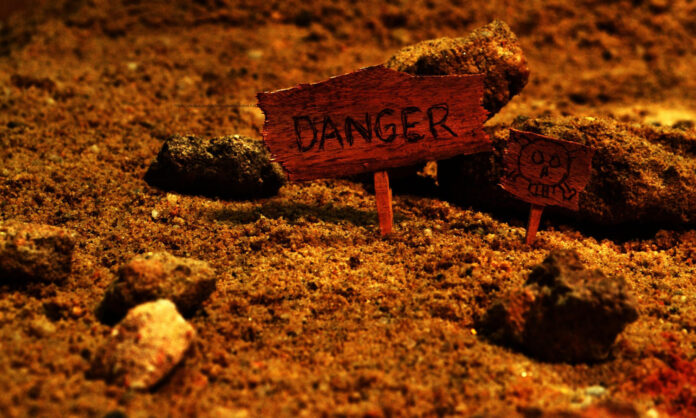
In a new blog post, Kristen Lamb tackles the important subject of stakes – what they are, how to build them, and how to use them to hook your audience throughout your entire story. “The bigger the stakes the better the page turner,” she says. “Ultimately, we have to know how it all turns out.”
Applying the stakes creates tension, and this affects structure and pacing. Knowing when to turn up the heat and how high can prevent your novel from being too boring or too frantic. By examining structure, scenes, and the cause and effect dynamic, writers can pinpoint the right spots to raise the stakes for their characters and their readers, Lamb writes.
“All effects must have a cause and all causes eventually must have an effect (or a good explanation),” she says. “All these little causes and effects clump together to form the next two building blocks—the scene & the sequel.” In the scene, something happens to further the plot, usually an obstacle or setback. In the sequel, the POV character processes the new information gained in the scene and makes their next decision. Scenes raises the stakes and sequels give the audience a breather.
Stakes begin with asking what our lead characters have to lose. What happens if they fail? Who else suffers? How will their world change? “If nothing changes, we are missing a key ingredient to our story,” Lamb writes. “As the story progresses, the challenges will get harder physically and emotionally. Our characters need a compelling reason to keep going.”
Lamb suggests some techniques for organically upping the stakes:
- Keep secrets. “Resist the urge to explain,” she says. “Audiences, in large part, are hanging on because they want to find OUT some piece of information.”
- Hold off on self-actualization. Characters who know themselves too well are dull. Start with a hot mess and show the evolution.











